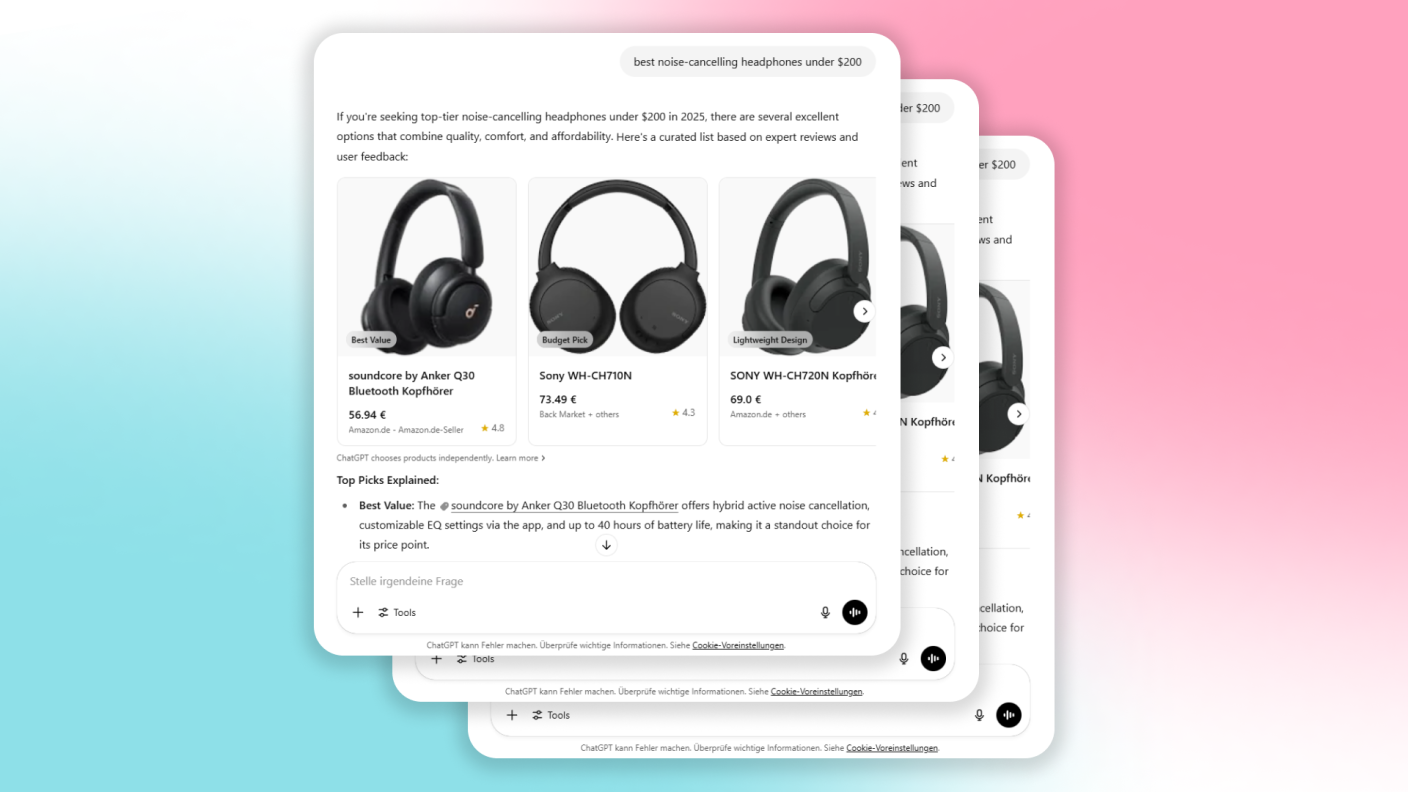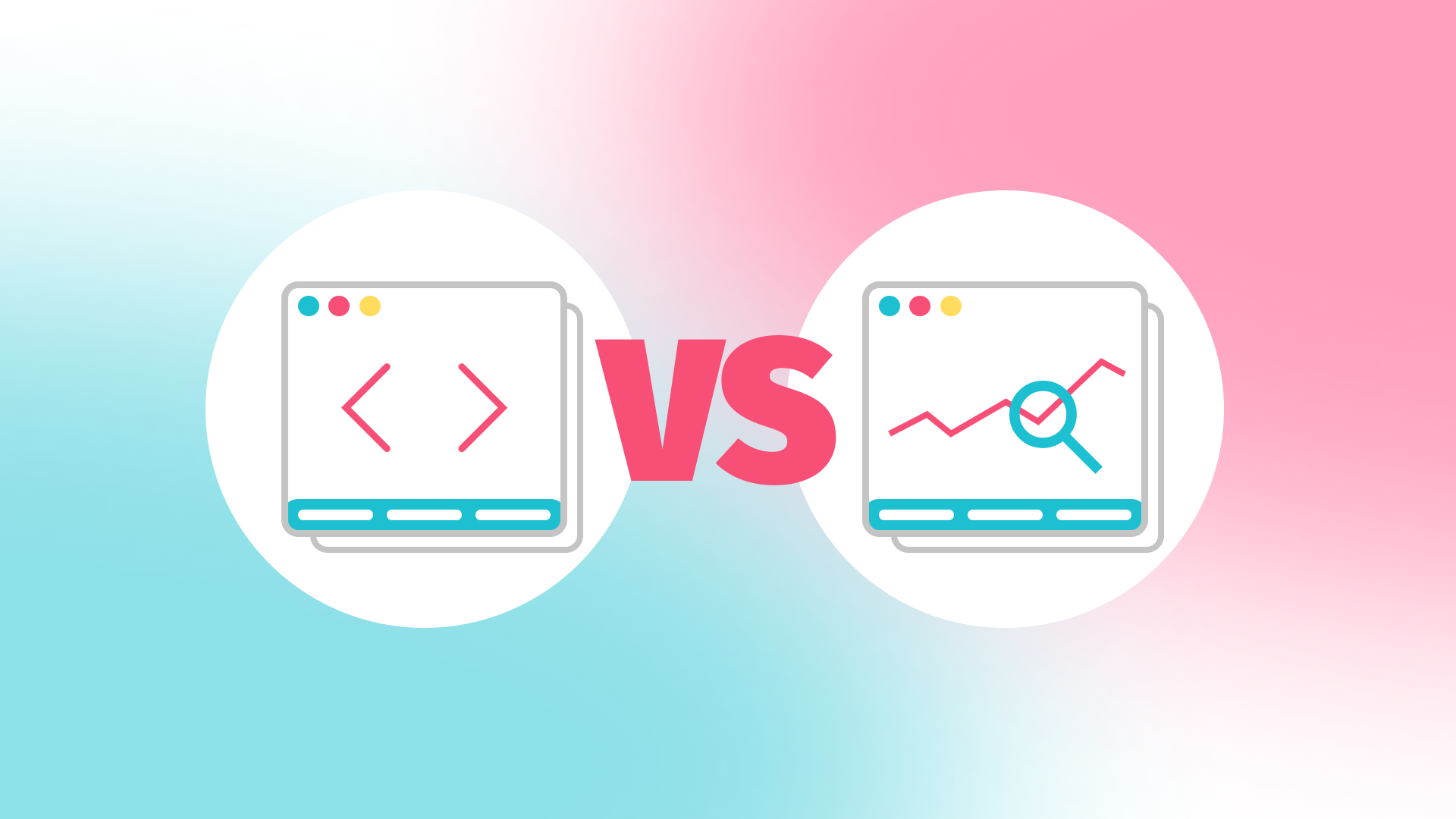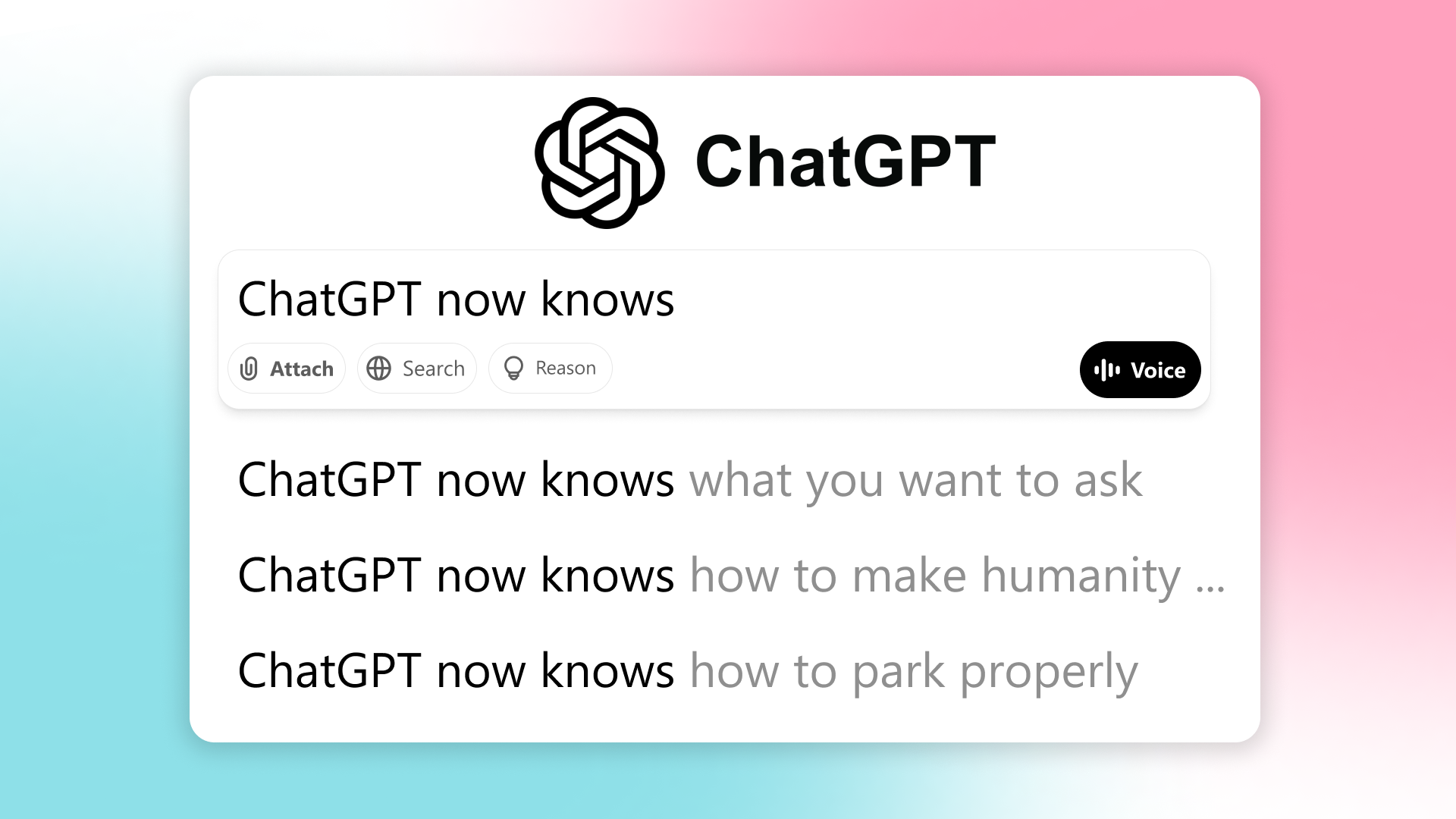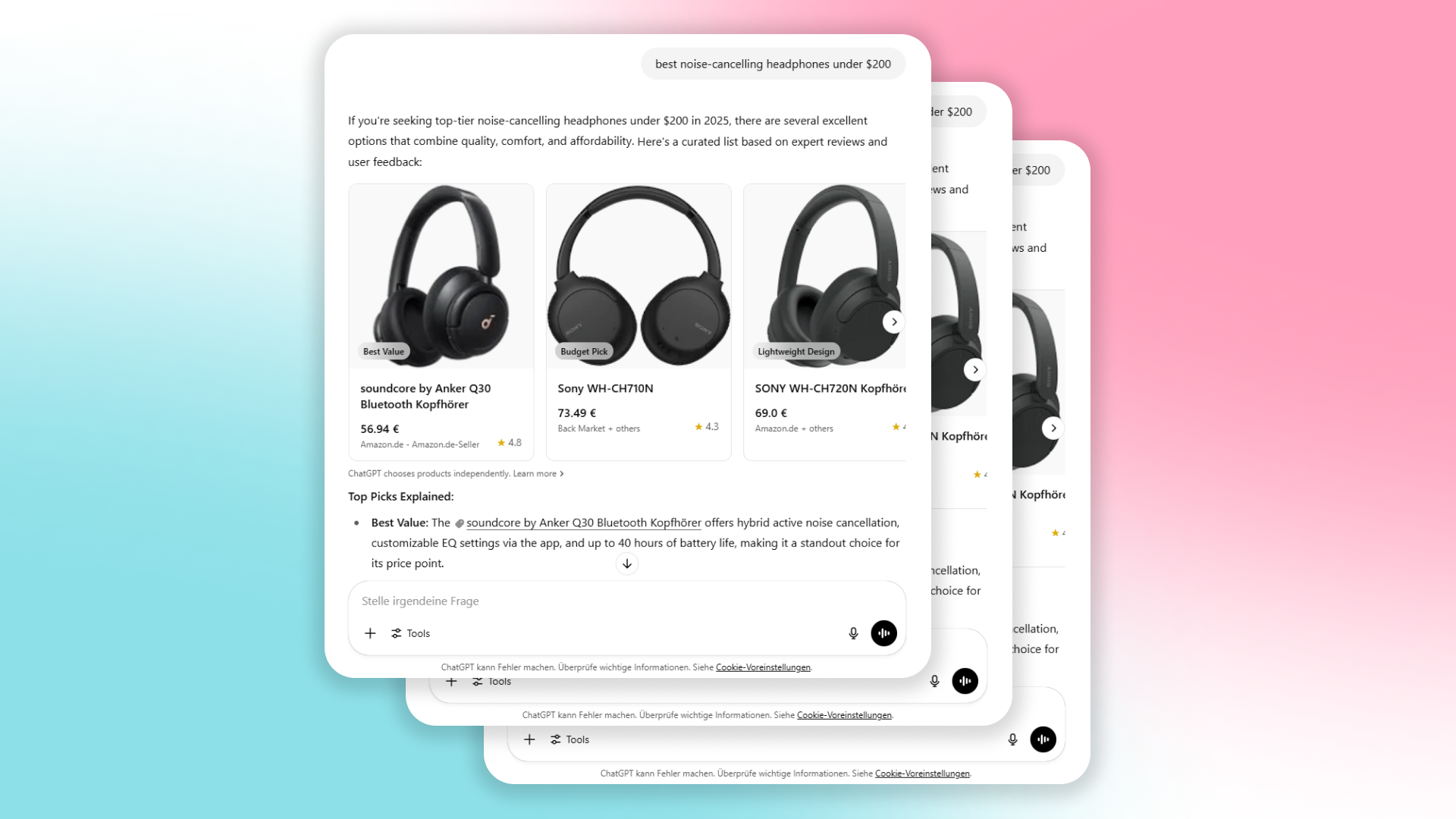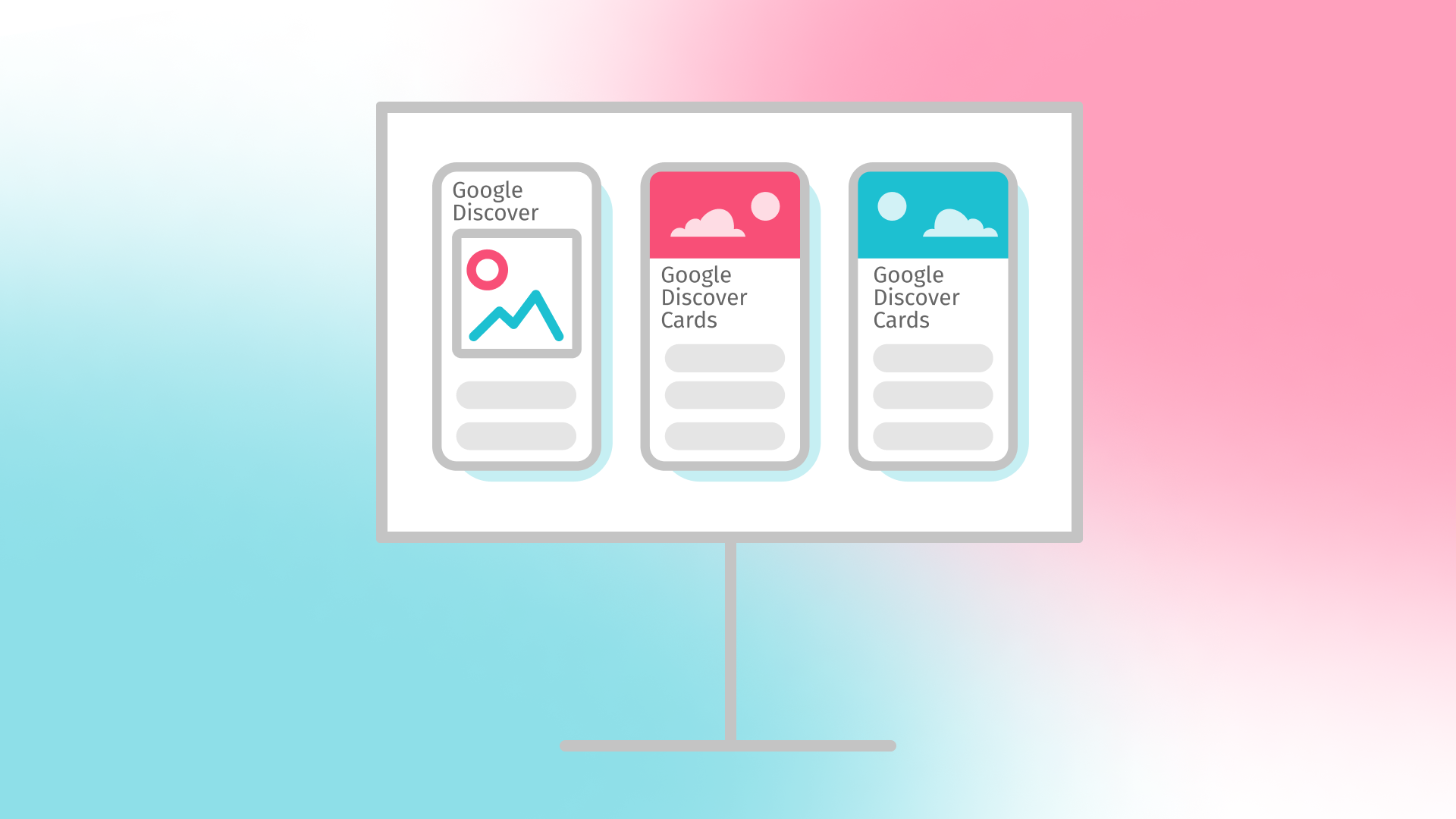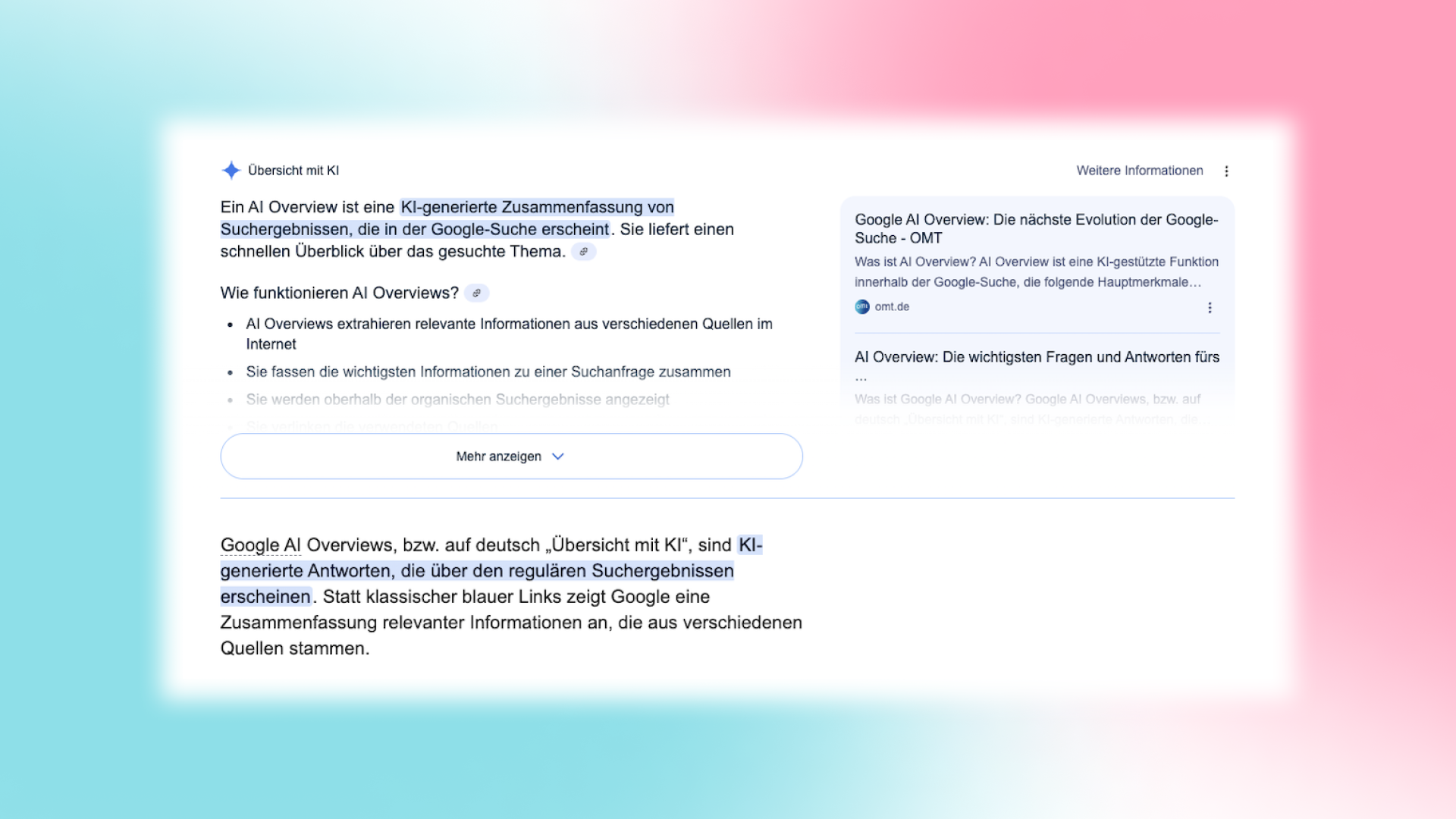At a time when the focus is increasingly on data protection, companies need to find ways to comply with legal requirements while maintaining the performance of their online marketing measures. This is exactly where Google Consent Mode comes in. It makes it possible to integrate tracking technologies in compliance with data protection regulations without sacrificing valuable insights. We will tell you everything you need to know about Consent Mode, how it works and the changes in version 2 (V2).
What is Google Consent Mode?
Google Consent Mode is an interface (API) that Google provides to link cookie banners and consent management platforms (CMP) with Google services. It ensures that data is collected or not collected depending on the user's consent or refusal.
In other words: Consent Mode helps to correctly pass on user consent to Google services such as Google Analytics or Google Ads. This ensures compliance with the General Data Protection Regulation (GDPR) while at the same time making important measurement data available - albeit anonymized or restricted if consent is not given.
How Google's Consent Mode Works
The functionality of Google Consent Mode is based on so-called “consent signals”, which are set via the implementation on the website. As soon as a visitor accesses the website and reacts to the cookie banner, the user's decision is recorded and forwarded to Google. Consent Mode distinguishes between two types of behavior:
If you agree, all Google tags will run as usual. Google Ads and Google Analytics cookies are set to measure conversions and display personalized advertising.
No cookies are stored if you reject them. Instead, Consent Mode sends so-called “pings” to Google. These small signals inform Google that certain events have taken place - for example, that a conversion has taken place, which pages have been visited or whether the consent status has been changed.
Even if no detailed user data is available for retargeting in the absence of consent, consent mode still allows basic measurement of campaign success and website traffic. This means that a certain degree of analysis and optimization remains possible despite restrictions. Particularly important: Without Consent Mode, no data is passed on to Google if consent is not given.
Consent Mode V2: What's Changing with the New Version
With the introduction of Google Consent Mode V2, Google is responding to the requirements of the new Digital Markets Act (DMA). The use of Consent Mode has been mandatory since March 2024, especially for large platforms such as Google, Amazon and Meta. The aim is to give users even finer control over their data.
While the first version of Consent Mode only had two options (analyticsstorage for analysis purposes and adstorage for advertising cookies), version 2 brings two additional parameters into play:
aduserdata: Specifies whether personal data may be used for advertising purposes.
ad_personalization: Determines whether personalized advertising may be displayed based on user behavior.
Companies can now control how user data is used even more precisely - and at the same time meet the stricter legal requirements.
The Difference Between “Basic Mode” and “Advanced Mode”
Google offers two different operating modes for Consent Mode: Basic Mode and Advanced Mode. In basic mode, tracking only takes place if the user expressly agrees. Without consent, neither data collection nor modeling takes place. This mode is ideal for companies that prefer maximum data protection compliance.
In advanced mode, on the other hand, anonymous “pings” are sent to Google even without consent. Although no cookies are set, Google uses statistical modeling to provide insights into conversion rates. This mode often makes more sense for data-driven companies - however, its use should be checked legally, as the mode is controversial under data protection law.
Google Consent Mode V2 has been mandatory since March 2024
Since March 6, 2024, all companies that use Google for their marketing activities in the European Economic Area are required to implement Google Consent Mode V2. This regulation follows the requirements of the EU authorities and obliges companies to comply with the new data protection regulations. Those who have not activated Consent Mode V2 must now expect restrictions on remarketing, personalized advertising and the measurement and reporting of data.
Set Up Consent Mode in Google Tag Manager: This is How It Works!
Google Consent Mode can be set up in just a few steps:
Consent Management Platform (CMP): Choose a certified CMP that supports Consent Mode. Providers such as Usercentrics, OneTrust or Cookiebot offer seamless integrations.
Configure Consent Mode in the Tag Manager: Consent settings can be conveniently managed via the Google Tag Manager. Triggers are set that are activated or blocked depending on the user's decision.
Transfer consent signals correctly: Make sure that the four relevant signals (analyticsstorage, adstorage, aduserdata and ad_personalization) are transferred correctly to Google.
Our tip: Google provides extensive documentation and instructions that make technical implementation easier.
Test Function in the Consent Mode Checker
After integration, Google Consent Mode should definitely be tested. Google's Consent Mode Checker is suitable for this. This tool checks whether the implementation has been carried out correctly and whether all consent signals are being transmitted properly. The checker provides information about this:
Which signals are sent
Whether the Consent Mode is correctly integrated into the website
Whether there are misconfigurations or warnings
A regular check is particularly recommended after updates to the CMP or changes to the website structure in order to avoid possible tracking failures.
These Google Services Support Consent Mode
Google Consent Mode is compatible with a number of important Google services that are used for marketing and analysis. These include Google Analytics, Google Ads, Floodlight and Conversion Linker. The integration makes it possible to work with the respective tools in compliance with data protection regulations by only processing user data with the appropriate consent.
Use Consent Mode with Google Ads
Google Consent Mode makes it possible to collect conversion data for Google Ads even if users do not accept cookies. Instead of setting cookies, Consent Mode sends “pings” in case of refusal, which allow the conversion to be measured, but anonymized and on an aggregated level. This allows advertisers to continue to monitor and optimize their campaigns without violating data protection regulations. The use of Consent Mode ensures that users' privacy is respected while important marketing metrics are preserved.
At projx, we are happy to help you set up Google Consent Mode V2 to optimize your Google Ads campaigns in compliance with data protection regulations. This allows you to retain important insights and manage your SEA strategies efficiently - in full compliance with data protection guidelines.


